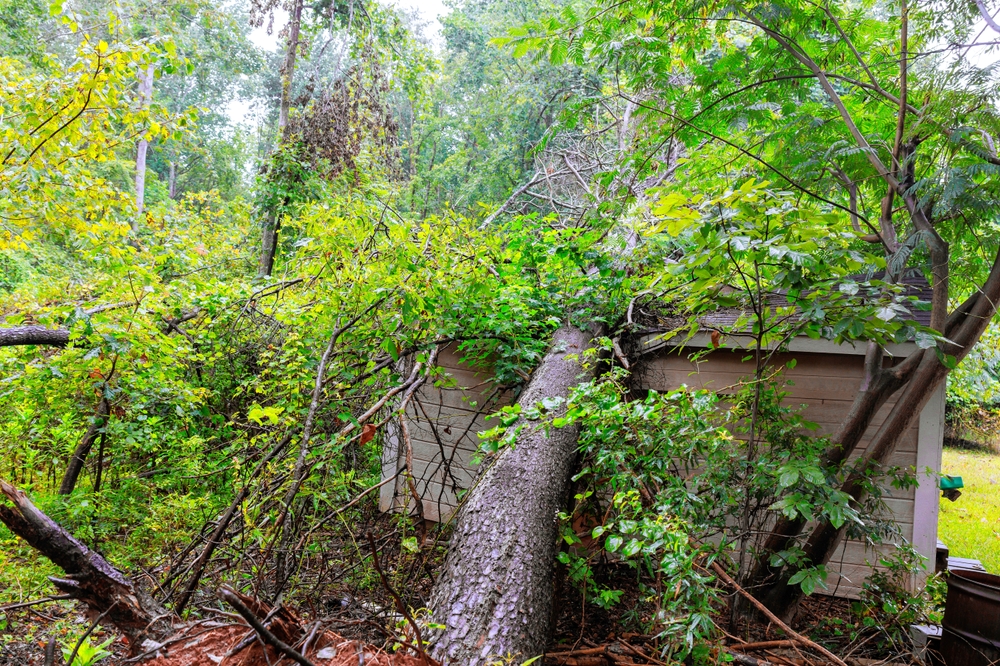Understanding the rules around removing vegetation on private or commercial land can often feel complicated. Each council has its own policies, and many landowners are unaware that permits may be required before any work can begin. Lance’s Tree Care helps property owners navigate these processes confidently, ensuring every step complies with local standards and environmental obligations. Our goal is to make sure you’re protected from costly fines while keeping your property safe and well-maintained.
Many factors influence whether vegetation can be legally removed. This includes its location, as well as its health and environmental value. Knowing what is allowed and what requires permission can help you plan your projects without unnecessary delays. The process isn’t just about cutting or clearing but about maintaining balance between property safety and ecological preservation. Understanding your rights and responsibilities is key to achieving responsible and lawful management of your outdoor spaces.

There are many valid reasons property owners decide to remove vegetation, but each one should be approached carefully and within local regulations. The reasons often go beyond simple aesthetics and include safety and future planning considerations. It’s crucial to evaluate the situation before taking any action to ensure that removal is truly necessary and that it aligns with environmental standards. Consulting professionals before making decisions helps prevent issues with compliance and property damage.
Safety is one of the most common motivators for removing large vegetation, especially when branches or roots threaten property structures or people. Over time, decay or storm damage can make certain vegetation unstable and hazardous. Acting early helps prevent accidents and reduces repair costs.
Another reason for tree removal in Tamborine Mountain involves creating space for property upgrades or landscape redesigns. When adding extensions or outdoor features, certain vegetation may interfere with planning or foundations. Ensuring responsible handling of these changes requires proper planning and council approval.
Vegetation affected by pests or disease can spread problems quickly to nearby plants, affecting overall property health. Identifying early signs of infestation allows for prompt action before damage becomes widespread. In some cases, complete removal is the most effective solution.
Before starting any removal project, it’s essential to understand your council’s approval process. Many regions have strict rules that determine whether you can remove vegetation without a permit. Failing to comply with these regulations can result in penalties or forced replanting orders. Being familiar with local requirements helps ensure smooth project planning and avoids unnecessary legal trouble.
Local councils often require permits for the removal of specific species or vegetation exceeding a certain size. The purpose of these approvals is to protect significant natural assets and maintain the local ecosystem. Knowing when to apply is vital to staying compliant and avoiding fines.
Applying for a permit might seem time-consuming, but having the right information simplifies the experience. Each council has a clear set of requirements that detail what evidence and documentation are needed. Working with professionals ensures the process is handled correctly and efficiently.
Permits can vary in cost and duration depending on council requirements and project scope. Factoring in these details early helps you plan budgets and timelines effectively. Understanding the process can prevent unnecessary disruptions.
Environmental preservation is at the heart of most regulations around vegetation management. Removing vegetation affects wildlife habitats and the aesthetic balance of natural surroundings. Responsible removal means considering long-term environmental impacts and following guidelines that protect native species. Proper assessment helps maintain ecological integrity while achieving your property goals.
Some species play vital roles in maintaining local biodiversity and are legally protected. Recognising which ones are protected ensures your plans don’t violate conservation laws. Consulting professionals helps identify these species before removal begins.
When removal is necessary, it’s important to take steps that reduce harm to the environment. Eco-friendly methods and proper disposal contribute to sustainability. Following best practices ensures a cleaner and safer outcome for your property.
In some cases, collaboration with environmental officers or government agencies is necessary to ensure full compliance. Working with these bodies helps streamline the process and ensures every action meets legal and ecological standards. This partnership also provides guidance on sustainable practices.
Understanding vegetation removal regulations requires careful planning and professional assistance. Each property presents unique conditions, and what applies in one area may differ in another. By following local guidelines and securing proper approvals, you protect both your investment and the environment.
Our team at Lance’s Tree Care makes sure that every project complies with council regulations while prioritising safety and sustainability. From helping with applications to assessing environmental risks, our team provides the expertise needed for a seamless experience. Responsible property management starts with awareness, and we’re here to make sure every step is done right.